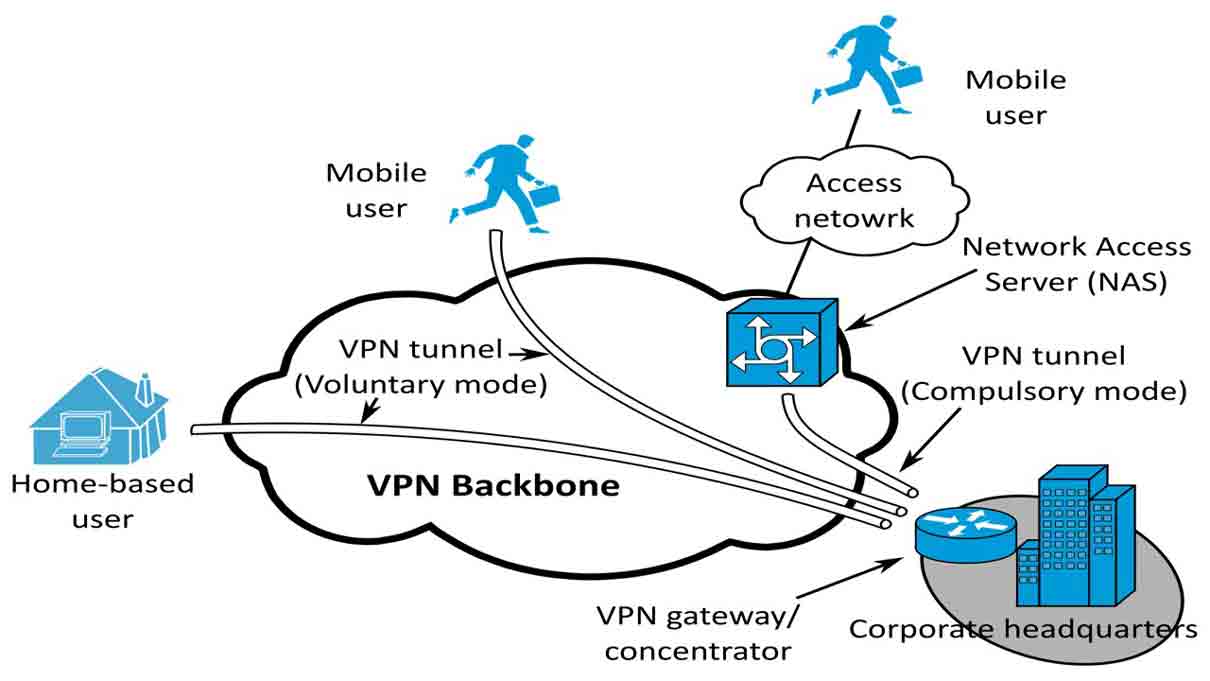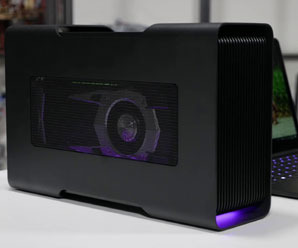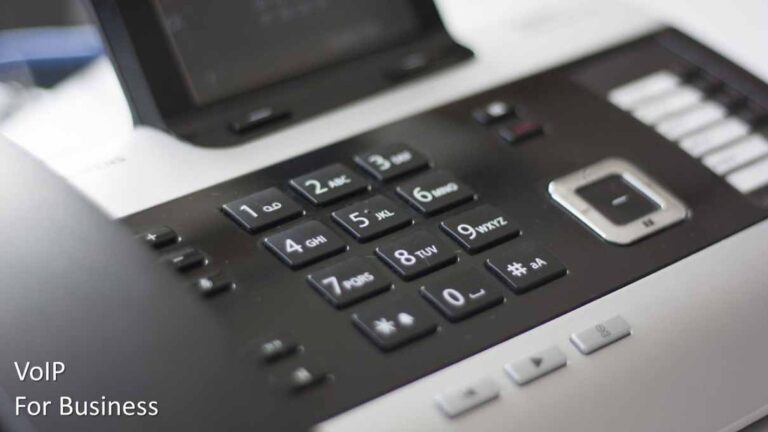What is Remote Access Technology and the SMB
Remote Access Technology and SMB
Most organizations are now moving towards remote access working environments, allowing their team members to work comfortably at any place and time. Covid-19 highlighted the need for this.

But while working remotely is great, small and mid-sized businesses must implement their remote access technology efficiently and securely. This article briefly discusses the tools involved in remote access technology and how SMBs can adopt them.
What is Remote Access Technology?
Remote access technology refers to various tools that allow users to access and connect to a network or device remotely. With such tech, business executives and employees can access their local network and all its data, devices, and resources without creating a physical connection.
However, remote access technology should not be mistaken for cloud-based services. It creates access to an on-site physical environment (containing computers and machines present in the organization) rather than a shared virtual space over the Internet.
If you’ve not moved to cloud-based services as a small or midsize business, remote access becomes highly essential if you require access to your business computers remotely.
Types of Remote Access Technology
There are different technologies that SMBs can use to create remote access, but for this study, we shall highlight three.
Remote Desktop Services
Remote Desktop Services (RDS) is the technology most commonly adopted to create remote access. With RDS, business teams can all connect remotely to a server, computer, or any other device, while having access to all the resources and software on that device.
It’s like connecting different monitors to a CPU. Here, the connection is made via a LAN or Internet connection. IT specialists often use this system to remotely gain access, monitor, and maintain an organization’s server.
However, RDS is risky for SMBs as you only need a password and username to connect. Therefore, there is a threat of getting hacked. The solution to this is using an additional dedicated server known as a Remote Desktop Gateway to secure the connection.
Unfortunately, such infrastructure is mostly available to larger corporations as small businesses do not always have the resources. But by outsourcing your managed IT services from an IT company, you would get the same sophisticated infrastructure available to larger corporations.
Remote Access Software
Remote Access Software (RAS) is another technology businesses can use to establish a remote connection for their personnel. Here, dedicated software is used to create the connection between the users and the machine.
But this method is often not very cost-effective for small businesses. As the devices must always remain powered for users to access them, leading to more electricity bills. Also, the software must frequently be updated to prevent a breach.
Virtual Private Network
Businesses can use a Virtual Private Network (VPN) to give users remote access to specific applications that normally would only have been accessible on-site. It usually works by creating a private network within a larger public network, such as the Internet.
Businesses use VPN to create secure remote access to their server. Even when you’re on the Internet, you cannot connect to such servers unless they have given you that VPN connectivity. SMBs can therefore prevent security risks by configuring their servers using VPN technology. So that only their employees can access the business using only computers configured and controlled by the organization.
With VPN, however, the user does not have complete access to all the server’s resources, but those it has granted them access to.
Finally
While these remote access technology tools are great to keep your business secured and functional, they require round-the-clock monitoring to detect and prevent system failures, minimize downtime, and keep the business running. It’s, therefore, best to have managed IT services, outsourcing all your information technology processes to a specialized IT company.
Whatever tool you opt for, remote technology secures your business, streamlines processes, improves services, and makes your business more competitive.






